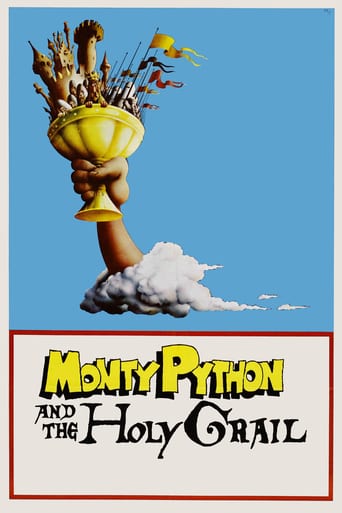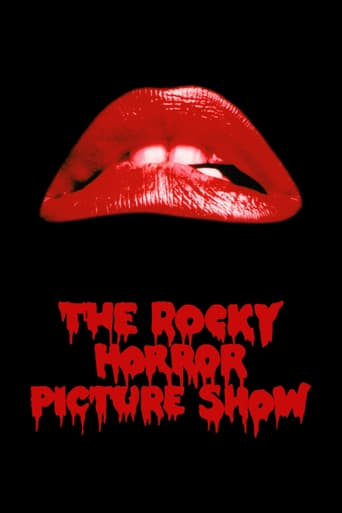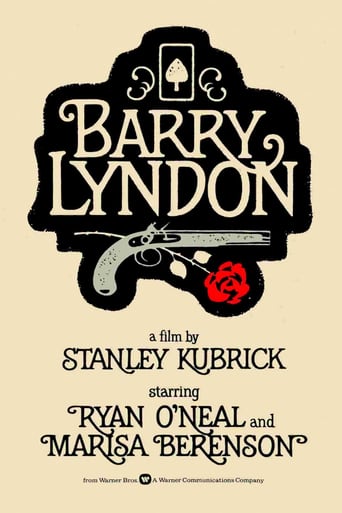
In our modern world today, people, especially children, will sometimes disappear into thin air. We all assume the worst when this happens, and in a vast majority of the incidents, the answer as to what has happened to the missing is never found. Cinema, when dealing with this phenomenon, will mostly attempt to visualize what has happened to the missing. That is not always the case, and Peter Weir’s mythicized and eerie movie, “Picnic at Hanging Rock,” is an example of one such film that does the exact opposite.
The movie is set in the year 1900, in the outback region of Australia. Based on a popular 1967 novel of the same name, the plot is a fictionalized account of the strange disappearance of three schoolgirls and one of their teachers. On Valentine’s Day in 1900, a group of teenage girls from a strict boarding school situated in the middle of the Australian wilderness go out on a much-anticipated outing to a picturesque location called Hanging Rock. Three of them and one teacher climb above the picnic site and do not return, while one will be found a few days later unconscious and, upon waking up, without any memory as to what has happened to her. The rest of the movie revolves around how this terrible incident affects the rest of the school as well as two local boys who were at the site of the disappearance when it happened.
The New Australian Cinema that began at the start of the 1970s would very often deal with the cultural clash between the civilized western or European world and the wild, ingenious world of the local Aboriginals. “Picnic at Hanging Rock” is no different but chooses to place its emphasis on the mystic aspect of the people from the land of which they have inherited. In the film, the school is this great Victorian structure surrounded by controlled gardens and oozing with structure and order. Its appearance in the middle of the outback seemed obscene to me. The school is contrasted greatly with the rising geological structure, which is “Hanging Rock.” Rising above the land, this geological outcropping becomes ominous, and Weir films it in such a way that it looks alive with eyes staring out at those who would defile it.
In addition, the teenage girls at the picnic wear matching virginal white corsets and dresses along with elegant shoes that are so unsuitable for the landscape that they become symbolic in this clash of cultures. The girls will write fantasy love letters before the trip, and when the three girls decide to explore, they need to remove parts of their cumbersome clothing, including their shoes. There is a clear sexual suppression that I felt within their forced social behavior and their need to let loose. While climbing up the rock, there are two local boys who lustily watch them. Are those boys part of the mystery? I initially thought so, until later, when I found out that one of the boys went out desperately searching for the lost girls. The movie is full of hints as to what happened that will then be debunked later. It is an ultimate mystery, except that it isn’t, because if it were, it would be a failure.
What Weir does succeed with in his beautifully shot film is leaving me with a feeling of spiritual mysticism within the ancient land that these controlled girls have invaded. The eyes I saw in the rock and the fear inherent in the teacher who went missing were ingrained in the misty cinematography. For me, it became clear that something unearthly occurred at the picnic, but like everyone else, I did not know what it was.
Weir’s decision to not concentrate on the mystery but rather on how the mystery effects its surroundings make this a very different and special film. Helping him out in creating his slow-burning, almost chilling atmosphere is the panpipe-driven folk music that drives the soundtrack. The music reminded me of the original “Wicker Man,” with its sinister-sounding feel. Especially during the scenes on the rock itself. In developing this style, the movie further emphasizes how some of the scariest threats are those enveloped in civility. Not only on the Rock, but even in the school, a girl who is a bit of a rebel and was banned from going on the trip is abused by the cold, hard headmistress. In fact, the spelled-out tragedy that does occur in the movie becomes something separate from the event of the missing girls, although Weir makes it clear that the tragic events are a direct result of the class of cultures. A class that is more spiritual, even sensual, than physical or sexual.
Full of a mystic feel and sprinkled with suppressed tension throughout, “Picnic and Hanging Rock” fails as a crime mystery but succeeds gloriously as an unsolved tale that could or could not be a ghost story. It is a movie that lingers long after the closing credits and is a treasure from the rich new Australian cinema.










